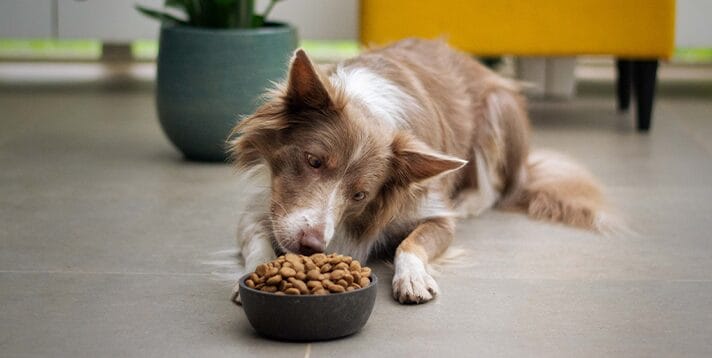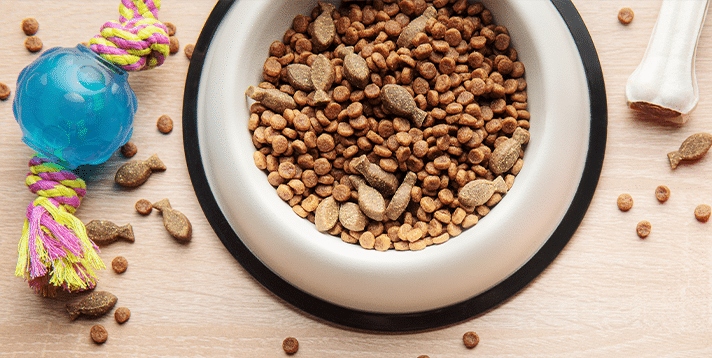Welcoming a dog into your home is an adventure filled with warmth and companionship. It begins a bond that will enrich your life in countless ways. But before you embark on this journey, consider the best pet dog for your home. The decision should reflect a harmonious match between your lifestyle and the needs of your new furry friend.
Factors to Consider When Choosing a Pet Dog
Understanding Your Lifestyle
Selecting the best dog for you involves understanding your daily life. Evaluate the rhythms of your routine—are you an early riser who enjoys brisk morning walks, or does a leisurely evening stroll suit you better? The space where you live is also crucial. A spacious backyard might be perfect for breeds that relish outdoor play, while a cozy apartment could be better suited to a smaller, less active pooch.
Remember, the best dog for your home is one whose activity level mirrors your own. Couch potatoes might find a serene companion in a laid-back bulldog, whereas energetic individuals could discover a perfect partner in a sprightly border collie. Consider your free time and how much you can devote to your pet. Dogs crave interaction and exercise; ensuring you can meet these needs is essential.
Making the correct choice starts with a thoughtful look at your world through the lens of dog ownership. The best pet for you will seamlessly integrate into your life and become a cherished family member.
Family Considerations
Bringing a dog into your life is a family affair, and each member’s needs should influence your choice. Toddlers and dogs can be best friends, but certain breeds have the patience and gentleness to match a young child’s unpredictable behavior. Others mesh better with older children who can participate in training and play more robustly.
The best dog for your home is the one that complements your family dynamics. A sociable breed like a Labrador retriever might be ideal if you have a bustling household with many visitors. On the other hand, a quieter, more reserved dog may suit a calm home. Reflect on the time your family can dedicate to a pet. Dogs like the intelligent poodle or the adaptable golden retriever thrive on interaction and flourish in a setting where they’re engaged and included as part of the unit.
Dog Breed Characteristics
The characteristics of different dog breeds are as varied as the breeds themselves. Large or small, energetic or mellow, every breed has traits that make them unique. The best dog for you is one whose characteristics align with your expectations and experience.
Consider size and space. A Great Dane may not be best for a small apartment, while a Chihuahua might not fare well in a home with rambunctious kids. Energy levels are another significant factor. Breeds like the Australian Shepherd demand lots of exercise and mental stimulation, making them suitable for active owners who can keep up.
Maintenance is also crucial. Some breeds, like the majestic Samoyed, require regular grooming, while others, such as the sleek Dalmatian, need minimal coat care. Each breed has health considerations, so potential vet visits and special care should factor into your decision.
When you contemplate the best pet dog for your home, researching breed characteristics is a step that pays dividends. It ensures the dog you welcome into your heart and home is well-suited to be there for life.
Time and Commitment
Choosing the best pet dog for your home isn’t just about the present moment. It’s a commitment spanning the years ahead. Dogs thrive on consistent care, and your schedule must align with the time required for proper care and attention. With their boundless energy and innate curiosity, puppies often need more time for training and companionship. Older dogs may require less exercise but can demand more frequent veterinary care.
Reflect on the coming years and envision where a dog fits into your life. Long work hours or frequent travel might call for a more independent breed, or you might need to consider doggy daycare services. The best dog for you fits not only into your heart but also your timetable.
Training and Socialization
Training is the foundation of a harmonious relationship with your pet. It sets the stage for a fulfilling coexistence, teaching your dog the rules of the home and ensuring their safety. Early and consistent training is crucial, whether you’re teaching basic commands or house manners. Some breeds, like the eager-to-please Border Collie, may learn quickly, while others require more patience.
Socialization goes hand-in-hand with training. Exposing your dog to various people, pets, and environments is vital. It helps them become well-adjusted and confident. Consider the time you can dedicate to this critical aspect of dog ownership. The best pet for you will adapt to your socialization efforts and become a well-behaved member of society.
In your search for the best dog for your home, weigh the time and effort you’re ready to invest. This dedication ensures your chosen companion will grow into the loving pet you’re hoping for.
Allergies and Health Considerations
Before bringing a new dog into your life, consider allergies that affect your household. Dogs like Poodles or Bichon Frises, known for their hypoallergenic qualities, might be the best pets for you if someone has sensitivities. Research breeds and consult with allergists to ensure your new companion promotes a healthy home environment.
Health considerations extend beyond allergies. Some breeds are predisposed to certain medical conditions which can affect your life together. Proactive planning for potential health issues ensures that the best dog for your home is one whose care you can confidently manage.
Rescue Dogs vs. Breeders
Deciding between adopting a rescue dog or buying from a breeder is a significant step in finding the best pet dog for your home. Rescue dogs offer the chance to give a second home to a needy pet, often already house-trained and beyond the demanding puppy stage. On the other hand, breeders can provide specific breed choices, allowing for selection based on predictable traits and health histories.
The best dog for you could be waiting in a shelter, or perhaps a breeder with a litter of puppies has your future companion. Each option has its merits, and your choice will reflect your values and the type of commitment you’re ready to make.
Where to Find Your Perfect Match
The search begins once you have a clear idea of the best dog for your home. Start with local shelters and rescue organizations; their adoption counselors can help match you with a dog that suits your lifestyle. If a particular breed interests you, seek specialized rescue groups or connect with reputable breeders who perform health screenings on their puppies.
Exploring dog adoption events and online pet adoption platforms can also introduce you to potential matches. When buying from a breeder, ensure they adhere to ethical breeding practices. Remember, the best pet for you comes from a source that values their animals’ well-being as much as you do.
Making the Decision
Securing the best pet dog for your home is filled with anticipation and consideration. When you’ve gathered all the information, take a moment to reflect. Imagine your life with the dog and listen to your instincts. Involve your household in every step to ensure unanimous agreement. Interactions with potential dogs, whether through visits to shelters or meetings with breeders, will often tell you all you need to know. The dog that fits comfortably into your life matching the energy and love you’re ready to offer, will stand out.
It’s crucial to be patient. The best dog for you may not be the first one you meet, but when the match is correct, you’ll feel it. Ensure you’re ready for the responsibility of a new pet. With the proper preparation, the dog you bring home will be more than a pet; they’ll be a cherished family member.
Conclusion
Embarking on the journey with a new pet dog promises to enrich your life with joy and companionship. Remember, the best pet dog for your home is one that complements your lifestyle, resonates with your family, and feels like a natural addition to your house.
Ready to find the perfect companion? Visit Bare Pets to explore a world where every pet is provided with the love, care, and nutrition they deserve. Make the #SwitchToBare today and join the family of satisfied Bare parents who’ve found their best pet for life. Your journey to a happier home is just a click away.











